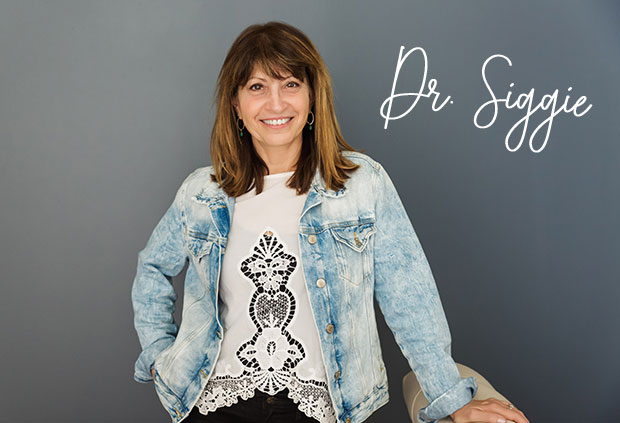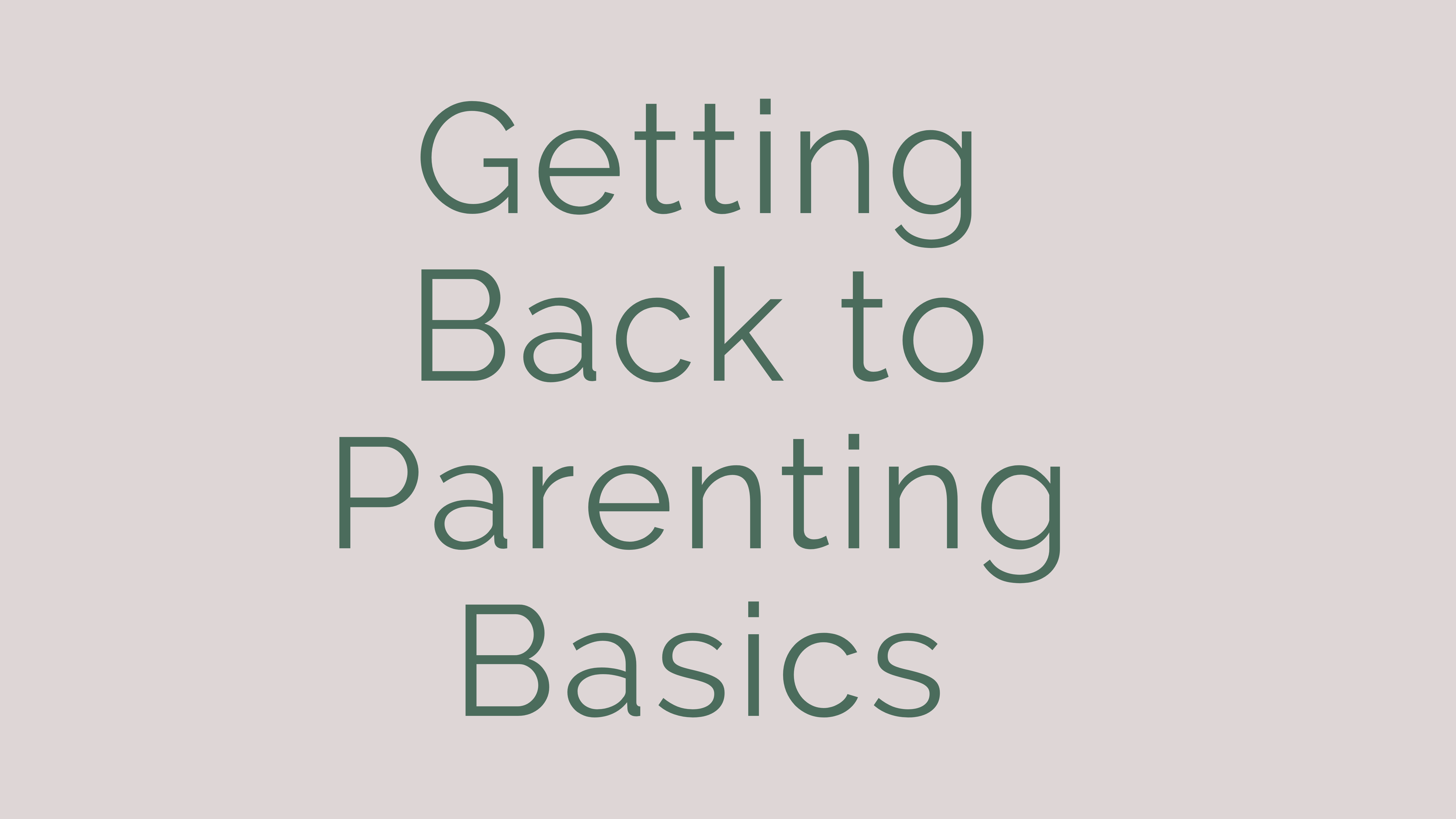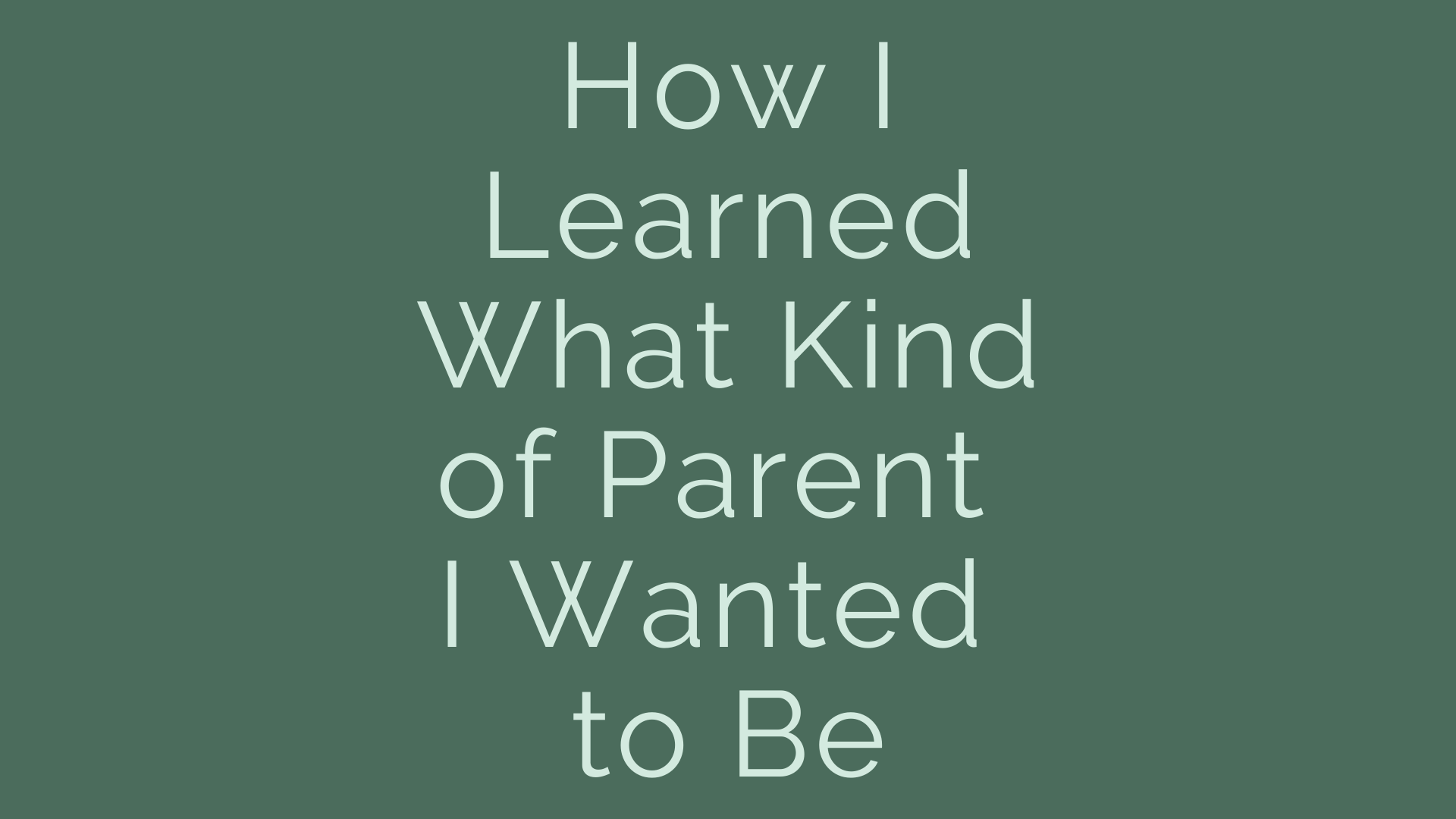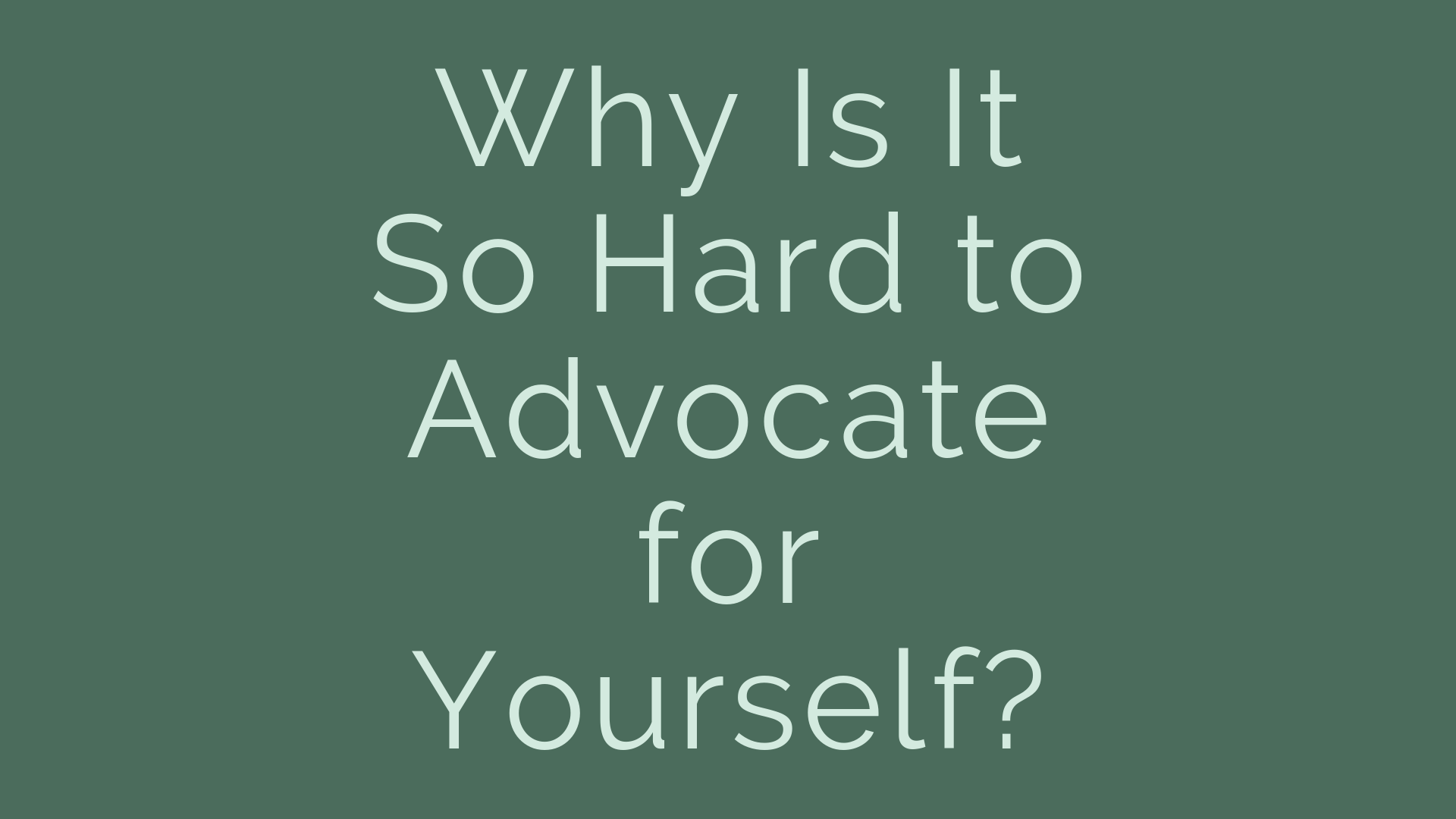I am THRILLED to bring you this guest blog post by Dr. Siggie Cohen, PhD (@dr.siggie), about talking to your kids about diversity, difference, acceptance and inclusion. This topic is very important, and the advice she provides is so accessible and easy to implement.

A little About Dr. Siggie
Dr. Siggie Cohen is known as the “Child Whisperer” for her unparalleled depth of insight in working with children. For more than 35 years, she has worked extensively with thousands of children and families, first as a teacher and then as a child developmental specialist.
Talking to Your Kids About Diversity
You want to talk to your children about diversity and inclusion. That’s wonderful. But, HOW do you actually do that? How do you start to have these types of conversations at home, with your kids? And how do you do so without feeling scared or anxious yourself?
To start, let’s break down one fundamental idea. Many hold the belief that young children do not notice skin color on their own and noticing a person’s skin color is something that’s taught to them. This notion is inaccurate.
Young children notice differences in skin color the same way they notice all types of differences in the world around them. That one block is red and one block is blue. That one tree is taller than the other. That mommy has long hair and daddy has…even longer hair 🙂
It’s important to understand that bringing up diversity and differences with your child will not make them aware of those differences – because they already are aware. So, try your best to skip the generic lines like, “We’re all the same, how beautiful!” Or, “See, you’re just like your friend.” I know you mean well, I really do, but direct and honest communication is more effective and empowering for your child. Instead, acknowledge differences as they are, without assigning any value to them.
Red Block and Blue Block
Here’s what I mean. Let’s go back to our red block and blue block. Or our tall tree and short tree. Yes, they are different, but neither is “better” than the other. The red block is not “better” than the blue block. There’s no value assigned to their differences. The differences just are. This is the foundation of acceptance and inclusion.
You can treat racial differences, physical differences, cognitive differences in the same way.
“Yes, that’s right. Mommy’s skin is a little darker than your skin. That’s because it has a
little more of this thing called melanin in it. Who else has skin like mine? Ok, and who
has skin that looks more like yours?”
“Can you name 2 things that are the different between you and your brother? And 2 things that are the same?”
“Yes, that person does look different, you’re right. We’re not going to point at them, but yes, I can see what you’re seeing.”
More Guidance
For many more ideas, techniques, and conversation prompts on how to talk to your kids about differences while not assigning value to them, you can check out my free guide on talking to your kids about diversity and acceptance.
I want you to know, it’s really never too late or too early to make a change or start having these types of conversations in your home. Use this information to feel confident and empowered. Afterall, you are your child’s mentor. You set the tone and are capable of creating an environment where it’s safe to be curious and ask questions.
-Dr. Siggie Cohen, PhD






Leave A Comment